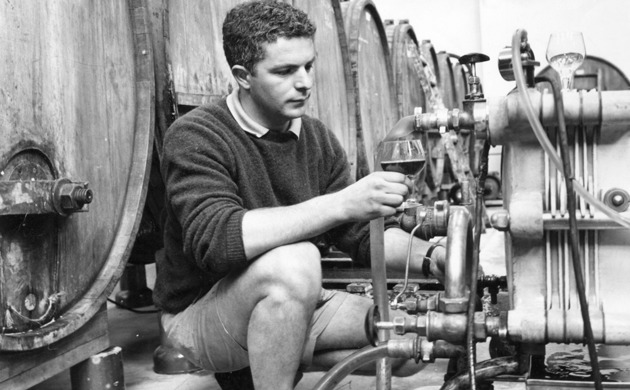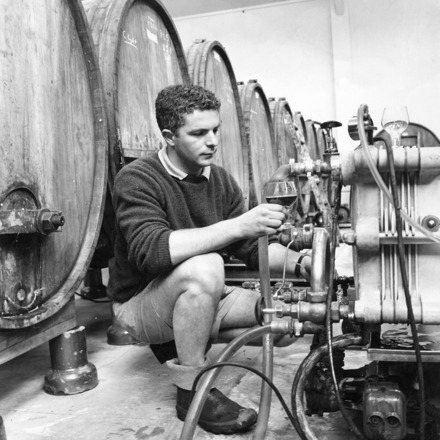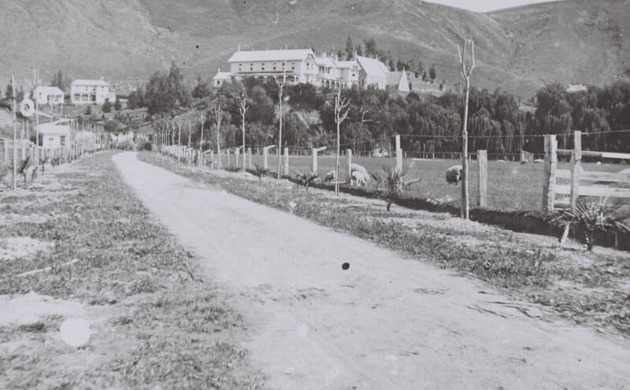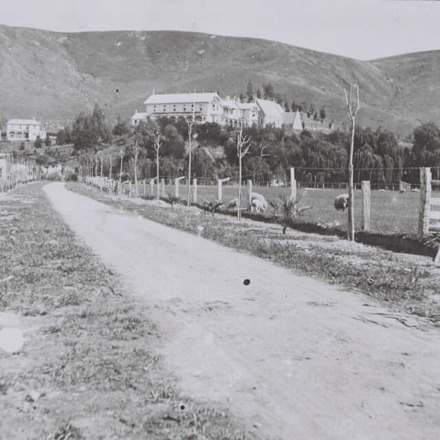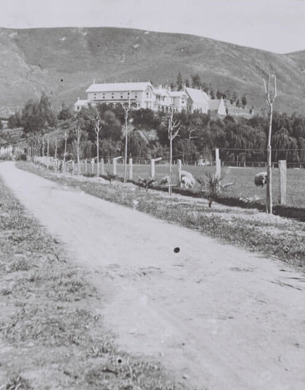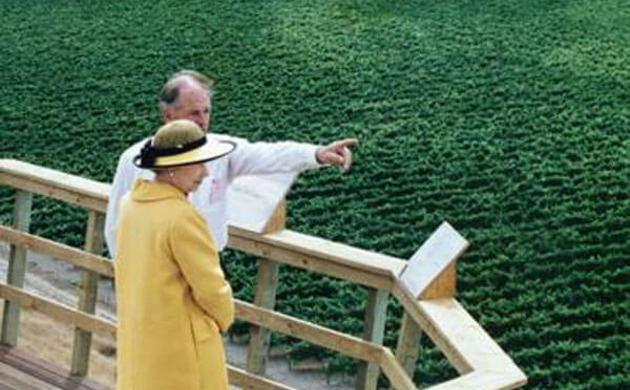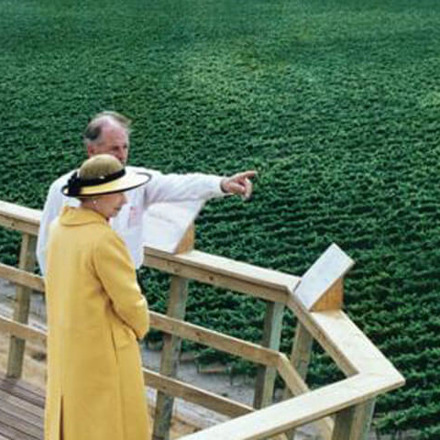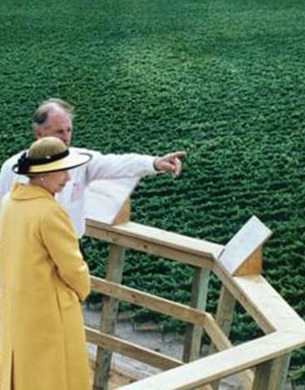Heritage New Zealand Pouhere Taonga.
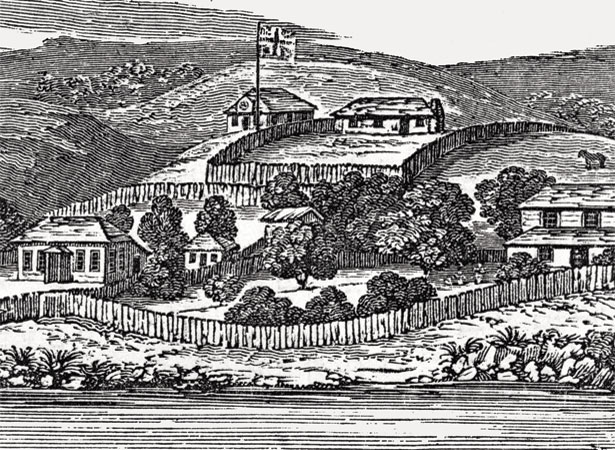
On the morning of Saturday 25th September 1819, Rev Samuel Marsden set about creating a new mission settlement in the Kerikeri Basin.
After he organised a group of “natives” travelling with him to clear and burn off the brushwood where he intended the settlement should stand and gardens laid out, he then showed an admirable grasp of priorities.
“We had a small spot of land cleared and broken up, in which I planted about a hundred grape vines of different kinds brought from Port Jackson,” he wrote in his diary.
Not content with recording his labours, in a fit of optimism he went on to record his hopes for his grapes – and New Zealand’s future grapes in general.
“New Zealand promises to be very favourable to the vine, as far as I can judge at present of the nature of the soil and climate. Should the vine succeed, it will prove of vast importance in this part of the globe,” he wrote.
He couldn’t have been more on the money.
Marsden’s reading of New Zealand’s potential for wine production was almost prophetic. Today, New Zealand’s wine industry – incorporating 500 winemakers – contributes a cool $1.5 billion to the national economy, and employs 16,500 people.
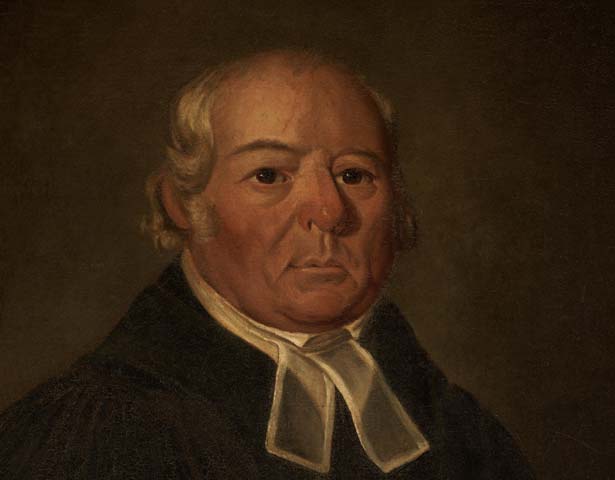
“Marsden was the first person on record to put vines into New Zealand soil, and his motives may well have been shaped by a desire to cultivate his own wine – either for communion, or more likely, to express his own social aspirations,” says the Manager of the Kerikeri Mission Station, Liz Bigwood.
“Wine was drunk by the upper classes. The missionaries, by contrast, drank Porter – a beer that was a favourite tipple of the working classes. It’s possible that Samuel Marsden may have had alcoholic ideas above his station, which drove him to plant his grapes.”
Sadly, Marsden’s grape plantings would be swallowed up by rampaging goats before becoming established. Whether this was caused by missionary indifference to Marsden’s grapes, and their obvious failure to build good fences; or just one of those things – history doesn’t record.
“What we do know is that grape growing continued in the Bay of Islands at the hands of no less a person than the British Resident at Waitangi, James Busby himself,” says Liz.
“Busby was the earliest recorded winemaker in New Zealand, and by the sounds of things he knew what he was doing.”
When the French explorer Dumont d’Urville visited Waitangi in 1840, he was given one of Busby’s bevvies - “…a light white wine, bright and intense, which I found to have an excellent taste and which I drank with pleasure,” as he later recorded with a commendable lack of Gallic bias.
By 1842, a couple of years later, Bishop Pompallier and his team of French Marist missionaries had grown enough grapes from their vines planted near Kororareka (Russell) to make 121 bottles of wine. These original vines were replanted in the Hawke’s Bay in 1850, and some can still be seen today as part of the original Mission Estate Winery vine stock.
Today, Northland is an important wine producer – and will be the centre of bicentennial celebrations that will mark this highly significant anniversary.
The last word should probably go to Rev Samuel Marsden – though, in light of recent history, he would probably have preferred his final observations on viticulture in Australasia as recorded in his journal to be struck out.
“As the grapes blight so much in New South Wales, there is little prospect that New Holland [Australia] will become a wine country,” he intoned.
Which just goes to show that nobody gets it right all the time.
Written by John O'Hare from Heritage New Zealand Pouhere Taonga.




